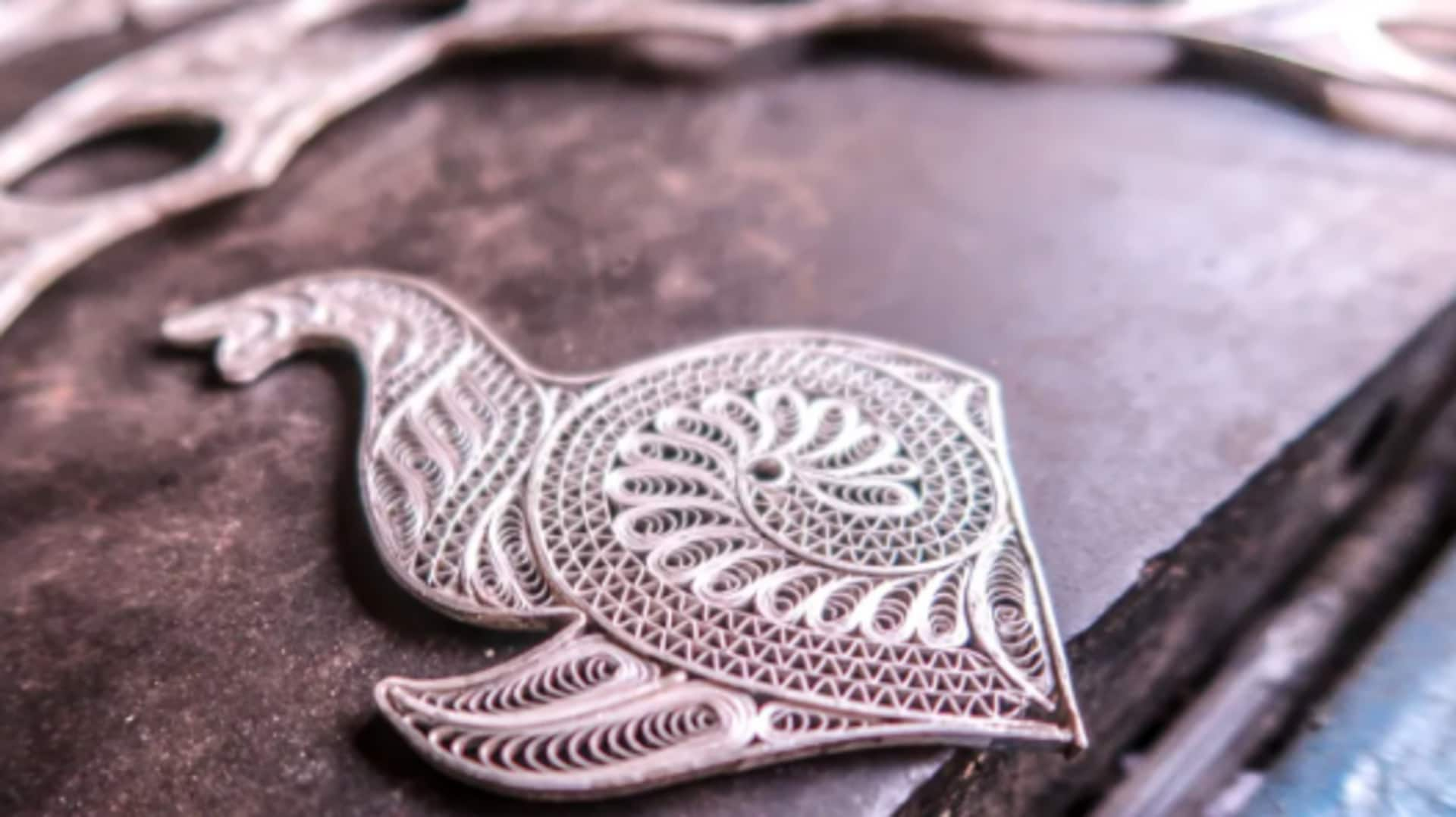
Discover filigree: The intricate art of metalwork
What's the story
Filigree is a delicate and intricate form of metalwork. It involves twisting and curling fine threads of metal to create elaborate designs. This art form has been practiced for centuries, with its roots tracing back to ancient civilizations. Filigree is often used in jewelry, decorative items, and even architectural elements. The technique requires precision and skill, as artisans meticulously shape the metal into patterns that are both beautiful and complex.
Origins
Historical origins of filigree
The origins of filigree can be traced back to ancient Mesopotamia, Egypt, and Greece. The early civilizations used the technique in crafting jewelry and ornamental objects. Over the years, filigree spread across cultures, with each adding a unique touch of their own to the art form. By the Middle Ages, it had gained popularity in Europe, especially Italy and Spain.
Techniques
Techniques used in filigree
Filigree employs various techniques, like soldering fine wires together or onto a base surface, to create intricate patterns. Using tools such as tweezers and pliers, artisans manipulate the metal threads with utmost precision. Since every piece is crafted by hand, the process takes time, but yields a flawless result.
Materials
Materials commonly used in filigree
Traditionally, gold and silver are the only metals that filigree is done in, primarily because they are malleable. However, modern-day artisans also experiment with other metals such as copper or platinum for different effects. The choice of material can make a huge difference to the final look of the piece.
Applications
Modern applications of filigree
Today, filigree has still remained a popular choice for jewelry designers who appreciate its timeless elegance. Apart from adornments like earrings or necklaces, filigree techniques are also applied in creating decorative home items such as picture frames or vases. Its versatility ensures that it stays relevant across all design fields without losing its traditional charm.